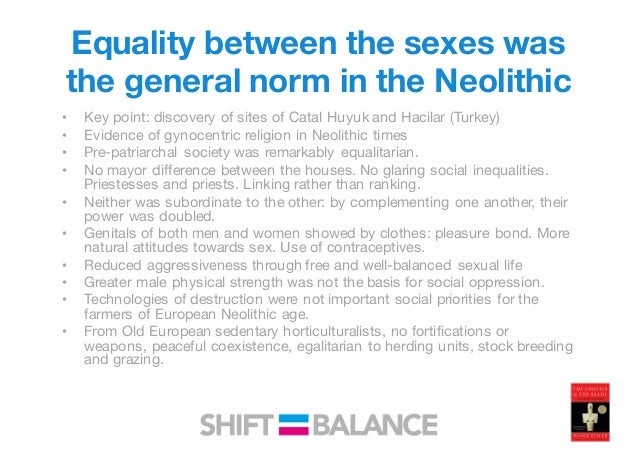
In the meantime, it is available in manuscript form for $30 postpaid from the Center for Partnership Studies, 20110 Rockport Way, Malibu, CA 90265. To assist them, Eisler and Loye have written The Partnership Way, a study guide that will be published later this year by Harper & Row. The success of The Chalice and the Blade (now in its fifteenth printing and in nine foreign editions) has spawned a partnership movement nationwide, with discussion groups taking her work from the theoretical realm into the practical.

Today, with the dominator model disintegrating, Eisler believes we can restore the ancient “partnership model,” in which social relationships are based on linking rather than ranking, and diversity doesn’t connote superiority or inferiority. This marked the rise of the “dominator model” of human relationships: cooperation gave way to control, and diversity - especially gender differences - became the basis for division into hierarchy. This peaceful era ended 5,000 years ago, with the emergence of warlike hunters and herders who valued the vengeful blade over the life-giving chalice. In The Chalice and the Blade, published in 1987 by Harper & Row, Eisler suggests that our historic era was preceded by 20,000 years of highly civilized harmony and creative partnership between men and women. When Eisler began writing The Chalice and the Blade, they moved from Los Angeles to quiet Carmel, where she was able to work in relative isolation. In the late Seventies, with Loye’s collaboration, Eisler wrote The Equal Rights Handbook, a definitive work on the Equal Rights Amendment. While ill, she met David Loye, a futurist and social psychologist, who became her partner both in marriage and in work. A few years later, when her parents died within eight months of each other, Eisler experienced a complete emotional and physical breakdown. She re-entered school to complete her degree in law and became involved in feminist politics.

In 1967, within a period of three months, she quit her job, her marriage, and smoking. She tried to be “a conventional wife in the suburbs,” but the role suited her badly. After college she began law school at UCLA, but dropped out to get married.

She grew up in Cuba in the tenements of Havana, and migrated at fourteen to the United States. Escaping with her family from Nazism, Riane Eisler became a refugee from her native Vienna at age six. And her own history shows clearly why she would develop an interest in a future for humanity based on cooperation rather than the struggle for dominance. Seldom is a historian also a futurist - but Riane Eisler became both when she discovered a model for a kinder and wiser society in the ruins of an almost-forgotten past.


 0 kommentar(er)
0 kommentar(er)
